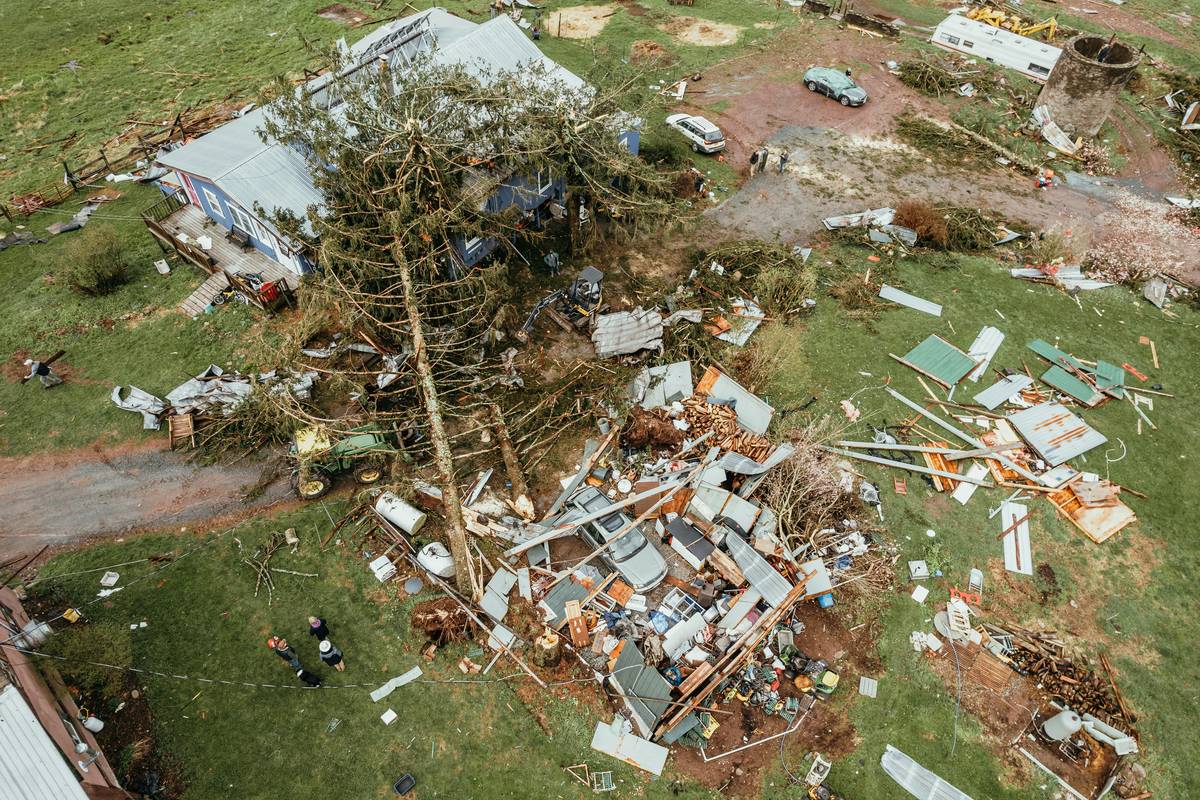Ever stared at your car or roof after a hailstorm, wondering if it’s worth filing a claim? You’re not alone. Most people feel overwhelmed when trying to navigate the insurance maze—especially when Mother Nature throws rocks at your property. Today, we’ll unravel the mystery of how to file hail claim, save money, and avoid common pitfalls. Spoiler alert: It’s easier than you think.
In this guide, you’ll learn:
- The importance of acting fast after hail damage.
- A step-by-step process for filing hail claims.
- Tips from an insider who once botched their own claim… oops.
- Real-world examples of successful claims and what went right.
Table of Contents
- Why Filing a Hail Claim Matters More Than Ever
- Step-by-Step Guide to File Hail Claim Like a Pro
- Best Practices for Smooth Sailing (Even in Stormy Times)
- Real-Life Success Stories That Prove It Works
- Your Burning Questions About Filing Hail Claims Answered
Key Takeaways
- Filing promptly is crucial; delays can lead to denials.
- Document everything—photos, videos, receipts—and keep copies safe.
- Avoid cheap fixes before consulting adjusters—they hate that.
Why Filing a Hail Claim Matters More Than Ever
Hailstorms are no joke. In 2023 alone, they caused over $14 billion in damages across the U.S., according to NOAA. Yet, many homeowners sit on their hands instead of acting because “it seems complicated.” Meanwhile, those little dents turn into rust spots, and small cracks become gaping holes.
Confessional fail time: A few years ago, I ignored some minor hail damage on my car thinking, “Eh, it’s just cosmetic.” Fast forward six months, and that tiny crack in my windshield turned into a spiderweb nightmare during winter snowfall. Don’t be me—act now!

Step-by-Step Guide to File Hail Claim Like a Pro
Step 1: Assess the Damage Immediately
Right after the storm clears, grab your phone and start snapping photos—lots of them. Zoom in on every dent, scratch, or crack. Even better, record short video walkarounds of affected areas. These will be your golden tickets later.
Step 2: Call Your Insurance Agent ASAP
Your next move is contacting your insurer. Sounds simple, right? Wrong. Some agents play hardball by making excuses (“Oh, that’s minimal,” or “Try fixing it yourself first”). Push back politely but firmly. You’re entitled to coverage, so don’t let anyone gaslight you out of it.
Step 3: Document EVERYTHING
Create a folder where you save all correspondence, estimates, bills, and photos related to your claim. Bonus points if you go old-school with printouts too. Seriously, having physical backups saved me once when digital files got corrupted.
Step 4: Meet with the Adjuster (But Be Prepared)
Adjusters aren’t evil—they’re human beings who might miss something under pressure. Bring your evidence arsenal to meetings. Point out specific spots missed in their initial assessment. Remember, your job here isn’t confrontation—it’s collaboration.
Best Practices for Smooth Sailing (Even in Stormy Times)
- Ditch DIY Fixes Temporarily: Sure, duct tape is tempting, but patching leaks prematurely screams amateur to adjusters. Wait until after inspections.
- Avoid Rush Jobs: Some contractors promise instant repairs post-hail. Proceed cautiously—they could inflate prices knowing you’re desperate.
- Compare Quotes: Always get multiple repair estimates. Lowball offers may cost more in headaches later.
Terrible Tip Alert: Don’t rely solely on Google reviews to vet contractors—scammers fake those faster than you can say “chef’s kiss.” Instead, ask neighbors or friends for referrals. Word-of-mouth trust > online ratings any day.
Real-Life Success Stories That Prove It Works
Meet Sarah, a single mom whose house took a direct hit last summer. She filed her claim within 48 hours, provided meticulous documentation, and negotiated smartly during meetings. End result? Full payout plus upgrades to weather-resistant shingles. Win-win!
On the flip side, there’s Joe, who procrastinated for weeks and then hired a shady contractor off Craigslist. His claim got denied due to insufficient proof and rushed subpar work. Moral of the story: Timing + preparation = success.

Your Burning Questions About Filing Hail Claims Answered
How long do I have to file a hail claim?
Typically, insurers give you 60–90 days to report hail damage. Check your policy specifics, though—deadlines vary.
Will filing affect my premium?
Possibly, depending on your insurer’s policies. However, skipping legitimate claims often leads to worse problems down the line.
Do I need a lawyer?
Only if disputes arise or payouts seem unfair. For standard cases, working directly with your agent usually suffices.
Conclusion
Filing a hail claim doesn’t have to feel like pulling teeth. With timely action, solid documentation, and a bit of patience, you can secure fair compensation and restore peace of mind. Just remember:
Optimist You: “I’ve totally got this!”
Grumpy You: “Ugh, fine—but only if coffee’s involved.”
Hail yeah—you’re ready. Now go tackle that claim like the pro you are.
Haiku bonus:
Hail falls from the sky, Claim your rightful payout now, Dreams rebuilt anew.


